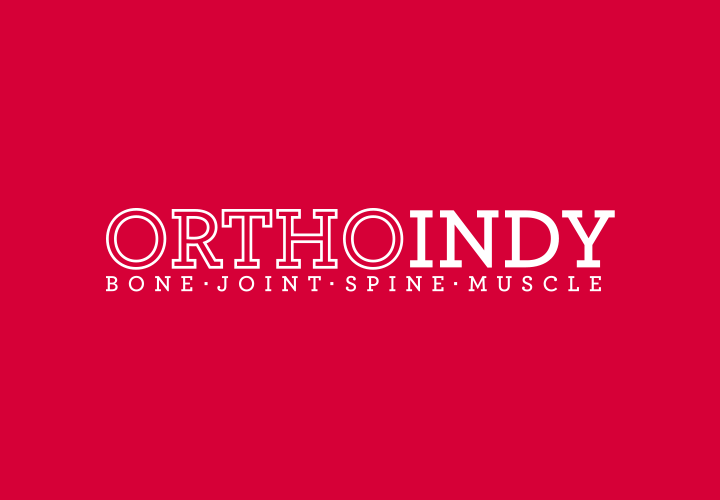THIS POST IS PART OF THE ULTIMATE GUIDE TO BACK PAIN RELIEF
Osteoporosis and osteopenia are conditions when bones become weak as a result of an imbalance in the natural processes within bone. The result of this imbalance is a thinning and weakening of the bone that may cause it to break easily. Osteopenia refers to the early stages of bone thinning, while osteoporosis refers to more severe bone loss.
The bone loss of osteoporosis occurs commonly in women at the time of menopause and with men as they age into their 70’s. Once the process starts it tends to progress over time. Osteopenia and osteoporosis can occur in any of the bones of the body but it is more concerning when it affects bones that are more prone to break once weakened, such as the wrist, hip and spine. When fractures from osteoporosis occur in the spine they are known as vertebral compression fractures.
Anatomy
The spine is made up of 24 bones, called vertebrae, which are stacked on top of one another. These bones connect to protect the spinal cord. The seven small vertebrae that begin at the base of the skull and form the neck comprise the cervical spine.
Your spinal cord and nerves travel through the spinal canal carrying messages between your brain and muscles. The intervertebral discs between your vertebrae are flexible, flat and round discs and are about a half-inch thick. They act as shock absorbers when you walk or run and allow motion between the vertebrae.

Cause
Spinal osteoporosis is a common result of aging. It is a painless process and may become quite advanced before someone realizes they have it. However, once the bones of the spine are thinned, it may take little injury, such as sneezing or lifting a light object, for a fracture to occur. People with osteoporosis can suffer a fracture during any daily activity. These fractures can be very painful. Some patients may have a flattening of the spinal vertebrae that causes the spine to shorten and become rounded.
Symptoms of osteoporosis of the spine
- Back pain
- Pain that worsens with motion
- Pain that is relieved when lying down
- Pain that worsens when coughing or sneezing
- Rounding or shortening of the spine
Physician examination
To determine whether you have a spinal fracture, your physician will ask you for a complete medical history, have you describe your symptoms and conduct a physical examination. An X-ray, CT scan, MRI or bone scan is usually necessary to confirm the diagnosis.
A bone density test may also be necessary to assess whether you have osteoporosis and how severe it might be.
Make an appointment with an OrthoIndy spine surgeon
Treatment of osteoporotic vertebral compression fracture
In some cases, a spinal fracture will get better within three months without specific treatment. Sometimes, nonsurgical options are necessary, such as:
- Non steroidal anti-inflammatory drugs such as ibuprofen, aspirin or muscle relaxants.
- Rest
- A brace to restrict movement
- Physical therapy or at-home exercises and stretching
- X-rays to monitor healing
If a patient does not feel relief after a long period of time and nonsurgical treatments do not relieve symptoms, surgery may be necessary. Most times, surgery will be performed through a minimally invasive technique called kyphoplasty or vertebroplasty. The technique will be determined based on your specific fracture.
- During kyphoplasty a needle is inserted into the fractured vertebra using an X-ray for guidance. A balloon tamp is then inserted and inflated inside the bone. The empty cavity is then filled with bone cement to strengthen the vertebra.
- During vertebroplasty a needle is inserted into the fractured vertebra using an X-ray for guidance. The cement is then injected directly into the narrowed vertebra without using a balloon tamp.
Rarely a compression fracture may worsen to a more severe burst fracture. In that case a more extensive surgery may be required.
Recovery
After a kyphoplasty or vertebroplasty, most patients can go back to all their normal activities of daily living as soon as possible. Once healed, patients are typically referred to a bone heal specialist to see what can be done with medications to improve bone strength and prevent any additional fractures.
Learn more about treatment options for neck and back pain at OrthoIndy.
Schedule an appointment
Your well-being is important to us. Click the button below or call us to schedule an appointment with one of our orthopedic specialists. If your injury or condition is recent, you can walk right into one of our OrthoIndy Urgent Care locations for immediate care. For rehabilitation and physical therapy, no referral is needed to see one of our physical therapists.

Get the Ultimate Guide to Back Pain Relief
Our comprehensive guide will help you understand back pain and its different causes, like sciatica, herniated disk, scoliosis, pinched nerves and more.





